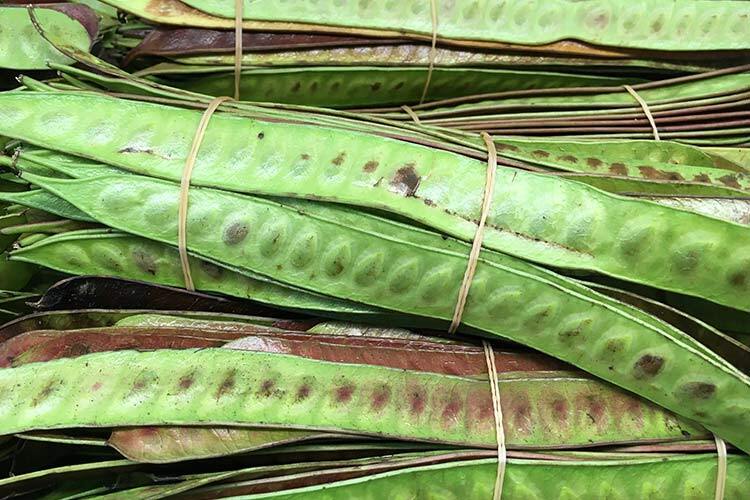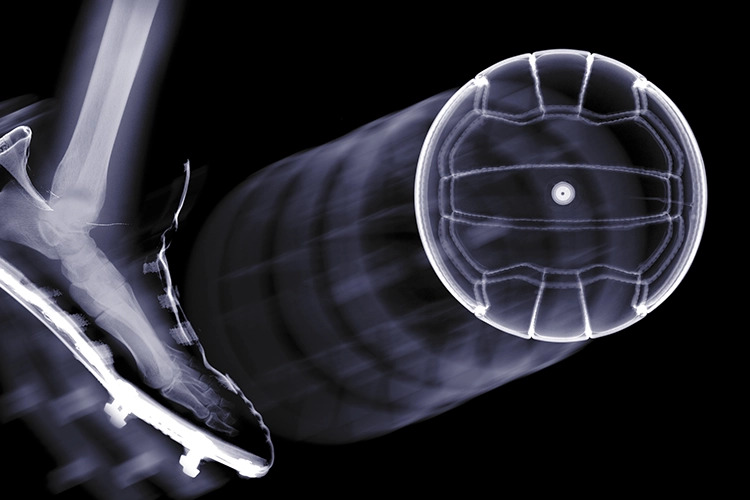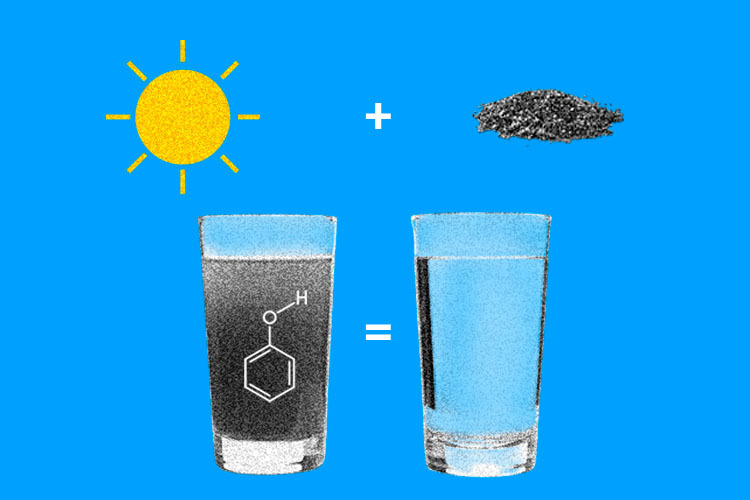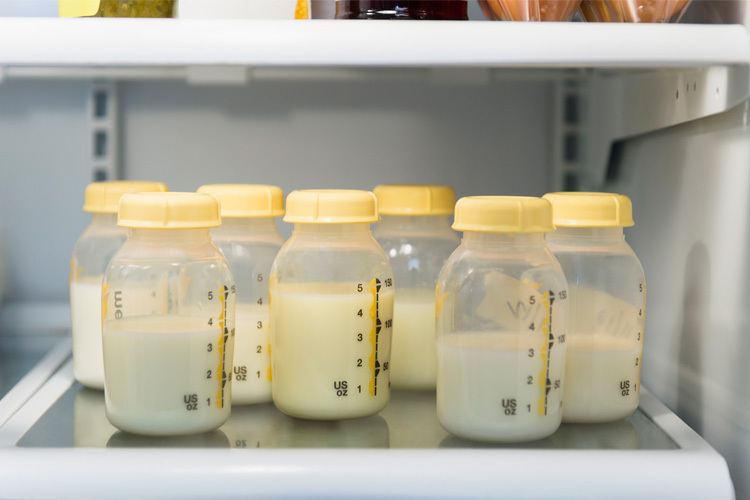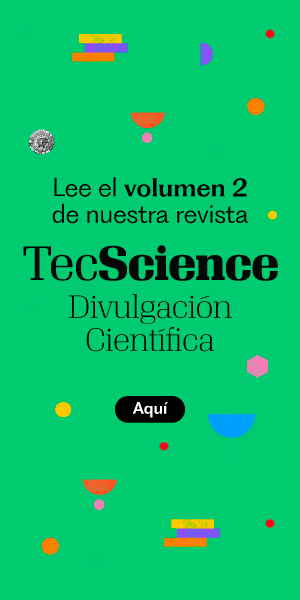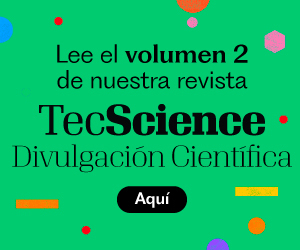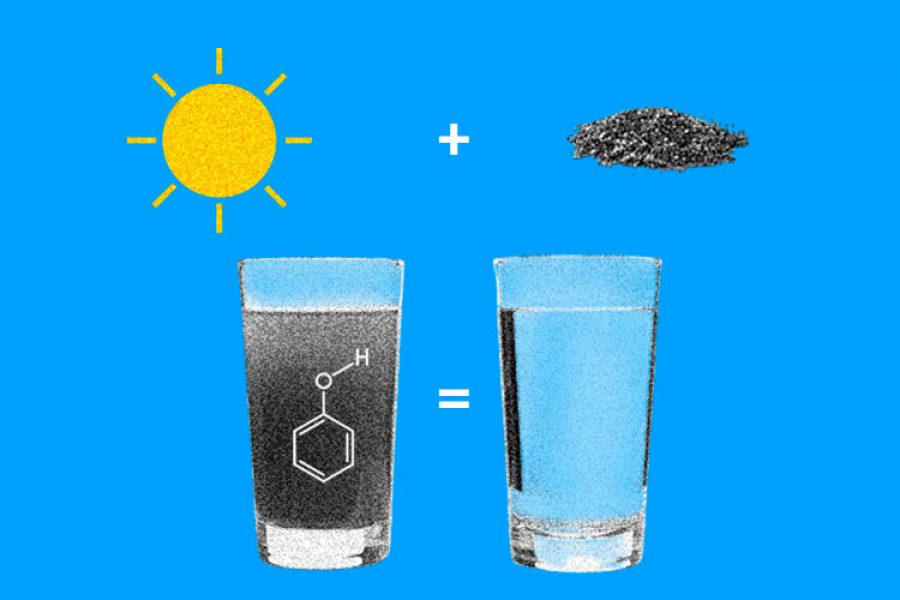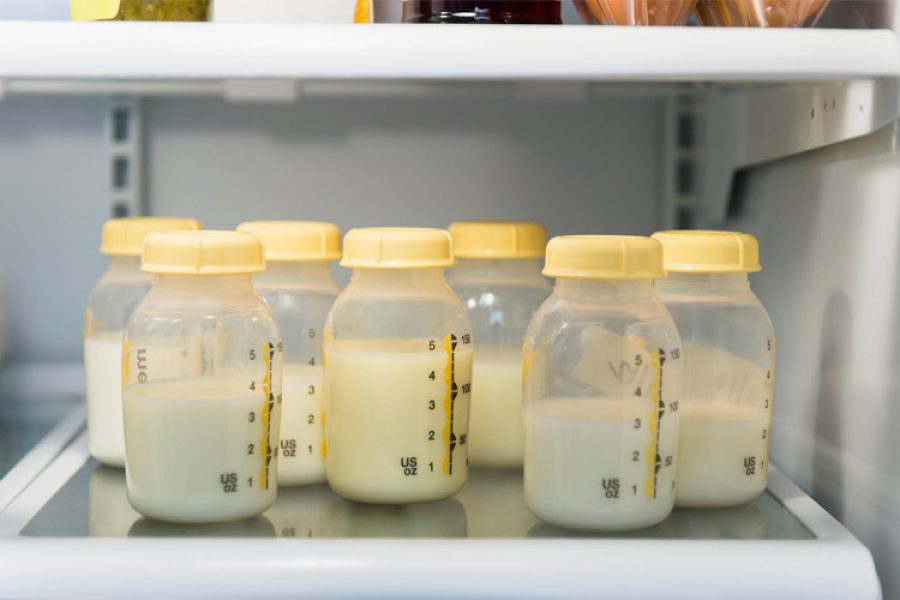Seed consumption offers substantial nutritional and health benefits for humans. Among non-conventional legumes, guaje (Leucaena leucocephala) —a member of the Fabaceae family— stands out for its potential. It is widely distributed throughout Mexico’s tropical and subtropical regions.
This legume is primarily used as animal feed and, to a lesser extent, as a protein source in human diets.
In culinary contexts, guaje is consumed directly or mixed with other ingredients in traditional dishes, forming part of the local food identity in southwestern Mexico.
Despite its potential, guaje remains underrecognized as a high-protein food source: between 25% and 32%, comparable to more popular legumes. This nutritional profile is further enriched with essential amino acids, minerals, and phytonutrients.
However, one major challenge in its consumption is the presence of mimosine, a non-protein amino acid with toxic properties that limits its safe use as a food.
The Toxic Mechanism of Mimosine
Although various studies have explored the effects of mimosine in animals, a safe dosage for human consumption has not yet been determined, and the minimum toxic threshold remains unknown.
Growing global demand for sustainable food sources and environmental concerns have encouraged the shift from animal to plant-based proteins, especially those from underutilized native crops. Assessing the toxicity of plant compounds is a crucial step toward understanding the possible adverse effects of certain substances found in non-conventional legume seeds, such as guaje, when they are not properly processed.
Mimosine’s toxicity has been identified in livestock animals. It works by inhibiting key enzymes in DNA synthesis, halting the cell cycle, and damaging rapidly dividing tissues such as the intestinal lining, bone marrow, and hair follicles.
Additionally, mimosine molecules readily bind to iron, causing a functional deficiency that affects hemoglobin production and enzymatic activity. In sensitive animals lacking the enzymes needed to metabolize this compound, it can lead to the following health issues:
- Hair loss (alopecia)
- Decreased thyroid hormone production
- Goiter (a swelling or enlargement of the thyroid gland)
- Cataracts
- Weight loss
- Tissue atrophy
- Reproductive health problems, including infertility
- Immune system suppression
Due to limited clinical research and the lack of conclusive studies, mimosine’s toxicity in humans has not been extensively documented.
However, experimental research in cellular models suggests that mimosine may affect thyroid function, potentially leading to hypothyroidism. Additionally, its ability to inhibit cell division raises concerns about impacts on rapidly growing or regenerating tissues, though such effects have not been definitively confirmed in humans.
Most of the existing research has focused on animals. While the toxic nature of mimosine is recognized, more human studies are needed to establish a clear link and determine safe or therapeutic dosage thresholds.
In Vitro and Silico Analyses
Collaborative research between the Biotechnology Department at Tec de Monterrey (Guadalajara campus) and the Molecular Biology Laboratory at the University of Guadalajara examines the effects of mimosine on human health.
These efforts aim to evaluate the toxicological risks associated with this compound and to develop strategies that maximize its nutritional benefits while minimizing its risks.
In vitro studies—conducted outside living organisms—are used to analyze the effects of mimosine on human and animal cells in controlled environments. These studies assess its impact on DNA replication, enzyme activity, and cell viability, offering valuable insights into its toxicity without endangering whole organisms.
In silico research—based on computer modeling—predicts how mimosine interacts with key proteins in human metabolism. These digital tools help anticipate biological effects, reduce the need for animal testing, and accelerate scientific discovery.
Through both in vitro and in silico analyses, researchers aim to determine a safe dose of guaje for human consumption. Establishing such a threshold would not only support public health but also help preserve the culinary traditions of southwestern Mexico.
Ensuring the safe use of these non-conventional legumes could also enable the development of affordable nutraceutical products and food additives derived from this plant. Guaje can be safely consumed in moderation as part of a healthy diet when properly prepared to minimize its mimosine content.
While more research is needed to establish a safe human dosage, there is no current evidence that occasional consumption poses significant health risks. As with any food containing bioactive compounds, balance is key, enabling consumers to enjoy its benefits without compromising their health.
References
This article is based on the scientific paper Sustainable approach from underutilized Leucaena leucocephala biomass by polyphenols composition and protein functional properties assessment by Balderas-León, I., Cardador-Martínez, A., Baigts-Allende, D.K., et al.
Other references include:
- Gómez, A. USO ANTROPOCÉNTRICO DEL GUAJE LEUCAENA ESCULENTA (MOC. & SESSÉ EX. DC.) BENTH, EN DOS COMUNIDADES DE LA MIXTECA BAJA OAXAQUEÑA.
- SIAP, 2023. SEGOB. https://www.gob.mx/cms/uploads/attachment/file/874022/Guaje_monografi_a_2023.pdf
- Hueza, I.M., Dipe, V.V., Gotardo, A.T., Gardner, D.R. y de Almeida, E.R.M. (2023) “Efectos de la L mimosina en la actividad fagocítica de macrófagos”, Tóxico, 226, pp. 107084.
- Gotardo, A.T., Dipe, V.V., Almeida, E.R.M., Hueza, I.M., Pfister, J.A. y Górniak, S.L. (2021) Efectos de la L-mimosina en el sistema tiroideo y reproductivo: evaluación en ratas machos. Toxicon.
- Rodrigues-Corrêa, K. C. da S., Honda, M. D. H., Borthakur, D., & Fett-Neto, A. G. (2018). Mimosine accumulation in Leucaena leucocephala in response to stress signaling molecules and acute UV exposure.
- Michael D.H. Honda y Dulal Borthakur (2018). Mimosine concentration in Leucaena leucocephala under various environmental conditions. Department of Molecular Biosciences and Bioengineering, University of Hawaii at Manoa, Honolulu, HI, USA.
- Aquino-González, Victoria Laura, Noyola-Altamirano, Beatriz, Méndez-Lagunas, Leticia Lilia, Rodríguez-Ramírez Juan, Sandoval-Torres Sadoth, Bernal Barriada, Gerardo Luis (2023). Potencial de las semillas de Leucaena leucocephala y Leucaena esculenta en la nutrición humana: composición, propiedades tecnofuncionales, toxicología y tecnologías de pretratamiento. Investigación de leguminosas. 46(10): 1261-1270.
- Bottini-Luzardo, R., Murgueitio, E., Cuartas, C., y otros. (2018). Consumo de mimosina en el desarrollo de glándulas endometriales de vacas en postparto temprano. Agrociencia, 52, 817-826
- Akinniyi, Ganiyu et al.Plant proteins, peptides, and non-protein amino acids: Toxicity, sources, and analysis
- Mizael Machado, Cintia R.R. Queiroz-Machado, Dale R. Gardner, Márcio B. Castro, Antônio Carlos L. Câmara, Luciano A. Pimentel, Glauco J.N. Galiza, Franklin Riet-Correa, “Leucaena leucocephala toxicity in Brazilian horses”, Toxicon, Volume 240, 2024,
- Kelly Cristine da Silva Rodrigues-Corrêa, Michael D.H. Honda, Dulal Borthakur, Arthur Germano Fett-Neto, Mimosine accumulation in Leucaena leucocephala in response to stress signaling molecules and acute UV exposure, Plant Physiology and Biochemistry
Autor
Iván Balderas-León. Professor at the School of Engineering and Sciences at Tec de Monterrey. He holds a PhD in Biotechnology from Tec de Monterrey and completed a postdoctoral fellowship at the University of Guadalajara. He has led scientific research projects for the pharmaceutical industry and currently focuses on nanotechnology and nutraceuticals.
